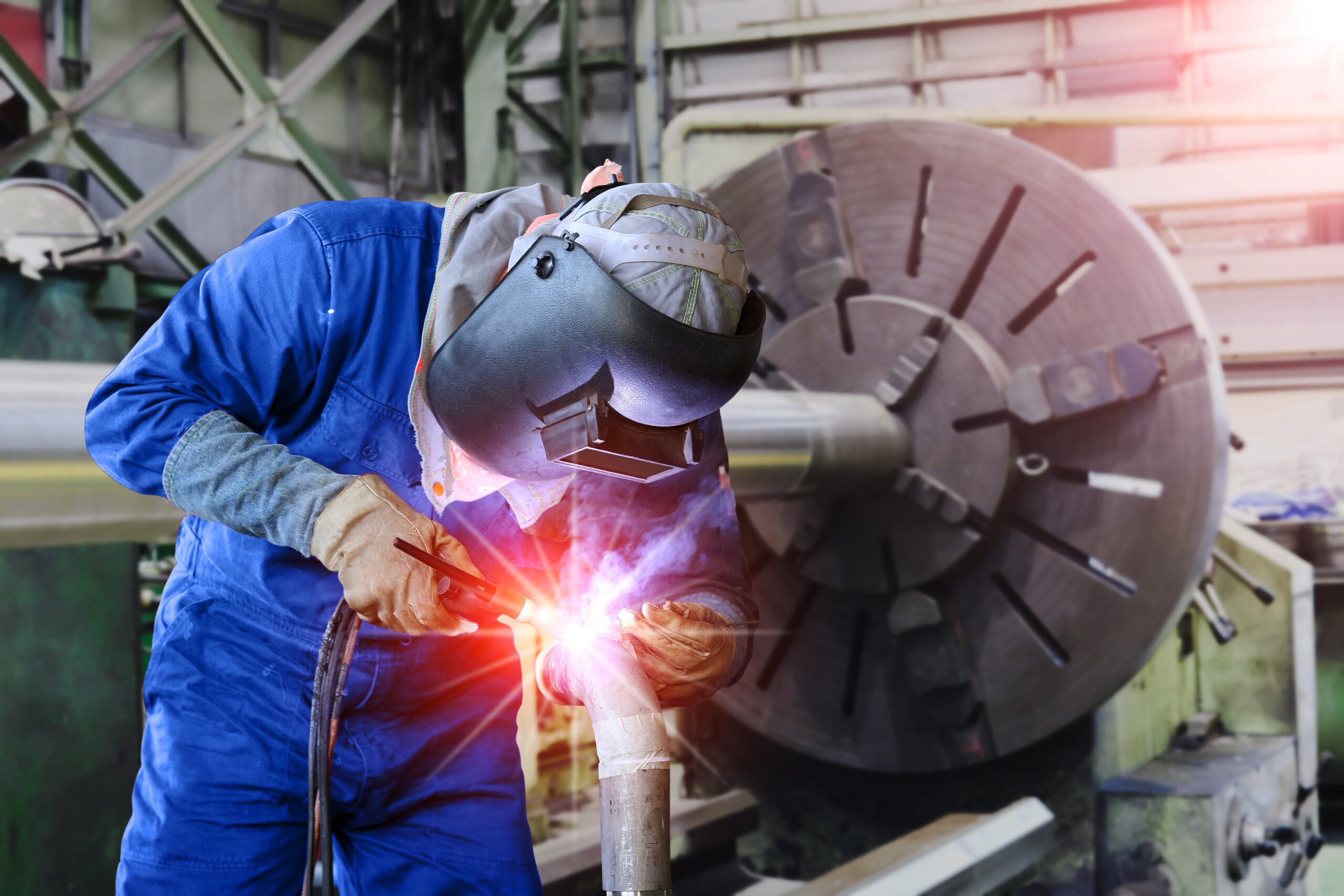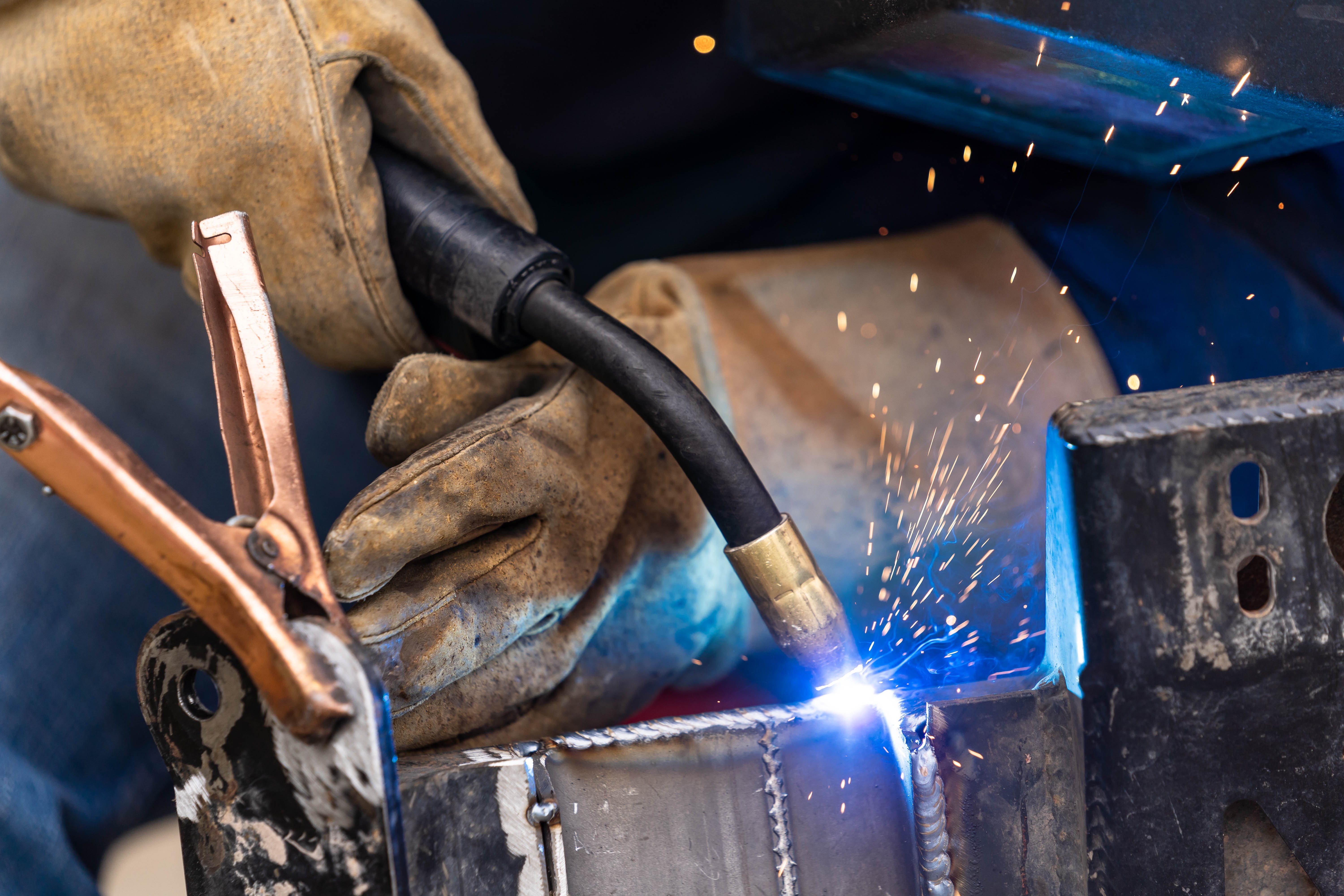Welding WPS Explained: Key Components and Advantages for Your Welding Procedures
Welding WPS Explained: Key Components and Advantages for Your Welding Procedures
Blog Article
The Ultimate Overview to Welding WPS Procedures: A Comprehensive Review for Welders
In the elaborate globe of welding, Welding Procedure Requirements (WPS) function as the backbone of making sure quality, consistency, and safety and security in welding operations. Understanding the nuances of producing, applying, and monitoring WPS procedures is necessary for welders looking to boost their craft and meet industry standards. As we look into the numerous elements of a WPS and explore the complexities of certification and accreditation, we will discover the essential duty these treatments play in the realm of welding. Allow's begin on a trip to unwind the intricacies and relevance of WPS treatments in welding practices.
Significance of WPS Procedures
Comprehending the importance of Welding Treatment Requirements (WPS) procedures is important for making sure the high quality and stability of welded structures. WPS treatments function as a roadmap for welders, laying out the essential actions, specifications, and products required to achieve a sound weld. By adhering to WPS standards, welders can ensure consistency in their job, leading to structurally sound and reliable welds.
One of the main reasons why WPS procedures are necessary is their function in keeping weld top quality and stability. Following the specified welding criteria and strategies laid out in the WPS assists protect against defects such as porosity, splitting, or incomplete blend, which can jeopardize the stamina and resilience of the weld.

Components of a WPS
A Welding Procedure Spec (WPS) usually comprises essential parts that information the particular requirements for implementing a weld, making certain uniformity and high quality in the welding process. The crucial elements of a WPS consist of crucial variables such as base metals, filler metals, preheat and interpass temperatures, welding procedures, protecting gases, welding positions, and post-weld heat treatment needs.
Base metals describe the materials being signed up with, while filler steels are used to fill up the void between the base steels throughout welding. Preheat and interpass temperature levels are critical for regulating the heat input and preventing concerns like splitting or distortion. The welding procedure outlines the specific strategy to be used, whether it's gas steel arc welding (GMAW), protected steel arc welding (SMAW), or another method. Protecting gases protect the weld swimming pool from atmospheric contamination. Welding positions specify the alignments in which welding can be carried out. Post-weld warmth treatment may be essential to alleviate tensions and enhance the weld's properties. A complete understanding of these components is important for creating a reliable and detailed WPS.

Qualification and Certification
Having actually established the necessary parts of a Welding Treatment Specification (WPS), the emphasis currently moves in the direction of the crucial elements of credentials and qualification in welding techniques.

Qualification, on the various other hand, is the formal recognition of a welder's qualifications by a pertinent accreditation body or company. Welding certifications are normally based upon the particular welding procedures, materials, and positions a welder is qualified to work with. Holding a valid welding accreditation shows that a welder satisfies sector standards and is skilled to execute welding tasks to the called for specifications.
Creating a WPS
To establish a Welding Procedure Specification (WPS) that satisfies sector standards, cautious factor to consider of welding processes, products, and operational specifications is crucial (welding WPS). her explanation The first action in producing a WPS is to recognize the welding procedure to be made use of, such as gas metal arc welding (GMAW) or secured metal arc welding (SMAW) When the welding procedure is established, the next vital facet is selecting the appropriate products, thinking about factors like base metal kind, thickness, and joint design. Operational parameters such as welding present, voltage, travel speed, and protecting gas structure need to also be meticulously defined in the WPS.

Implementing and Keeping An Eye On WPS
Upon wrapping up the detailed Welding Treatment Requirements (WPS) that meticulously details welding processes, materials, functional criteria, and top quality guarantee actions, the emphasis moves to successfully applying and checking the recognized treatments. Execution entails ensuring that all welders associated with the task know with the WPS and follow it meticulously during the welding procedure. This calls for providing sufficient training and supervision to assure adherence to the specified procedures. Keeping track of the WPS involves continuous oversight to validate that welding tasks align with the recorded requirements. Assessments, testing, and quality assurance procedures are vital parts of the home monitoring procedure to determine any type of deviations or problems promptly. Normal audits and evaluations of the welding treatments help in keeping uniformity and quality throughout the task. Efficient execution and monitoring of the WPS are important for making certain the integrity, strength, and safety and security of the bonded joints, ultimately adding to the general success of the welding project.
Conclusion
To conclude, understanding and following Welding Procedure Specifications (WPS) is vital for welders to ensure quality, consistency, and safety and security in their work. By knowing the elements of a WPS, acquiring correct credentials and accreditations, creating comprehensive treatments, and applying and checking them efficiently, welders can enhance their skills and efficiency in welding methods. Abiding by WPS procedures is important for producing top notch welds and meeting market criteria.
In the intricate world of welding, Welding Procedure Specs (WPS) offer as the foundation of guaranteeing high quality, uniformity, and security in welding procedures. The welding process details the details strategy to be made use of, whether it's gas steel arc welding (GMAW), shielded steel arc welding (SMAW), or an additional approach.To create a Welding Treatment Requirements (WPS) that satisfies industry standards, careful consideration of welding processes, materials, and operational parameters is important. The first action in developing a WPS is to identify the welding process to be used, such as gas steel arc welding (GMAW) or secured metal arc welding (SMAW)Upon completing the extensive Welding Procedure Specification (WPS) that meticulously information welding processes, materials, operational specifications, and top quality guarantee steps, the focus changes to properly implementing and monitoring the well established treatments.
Report this page